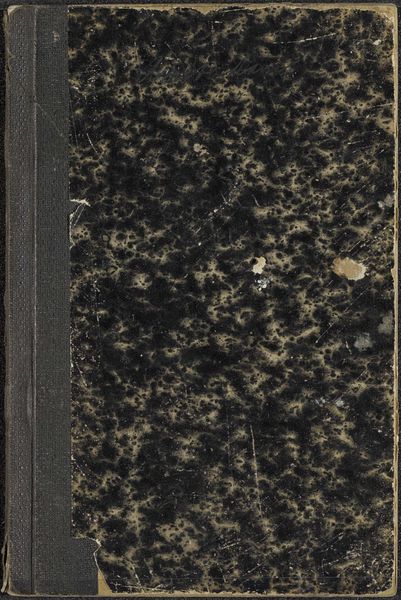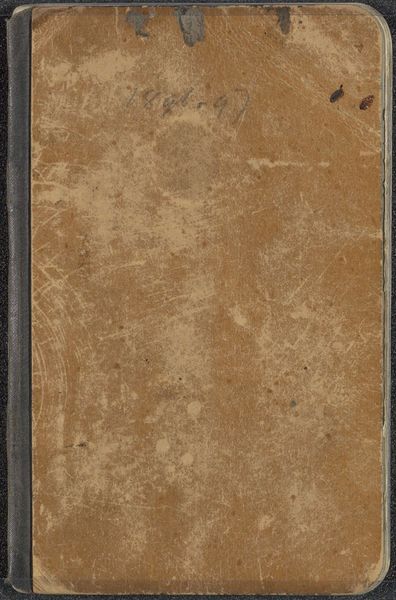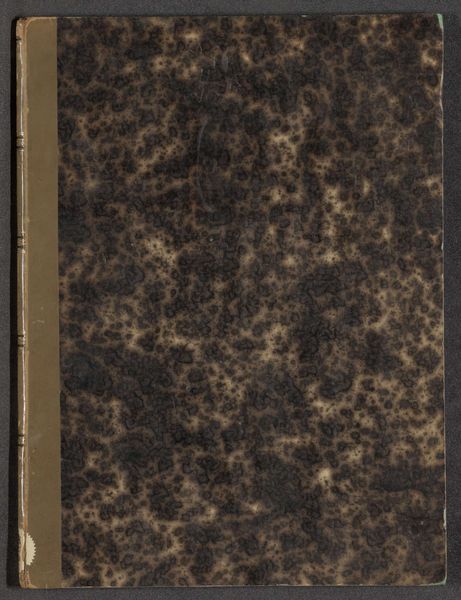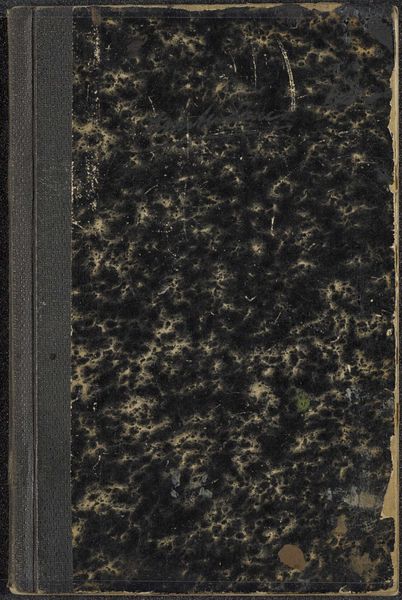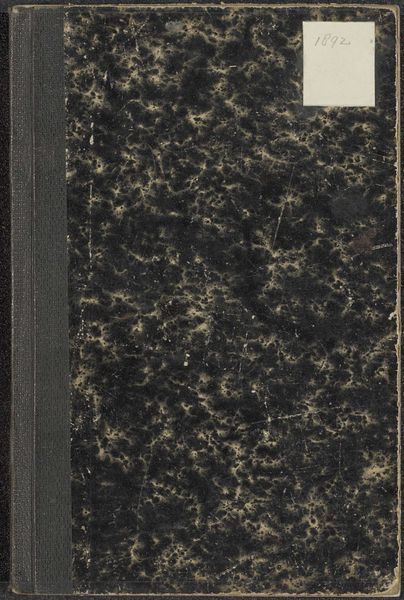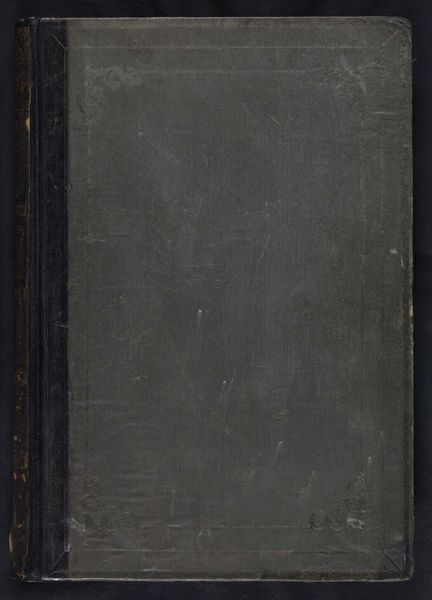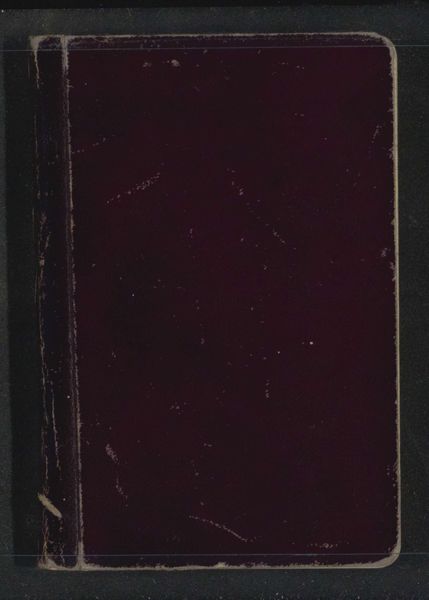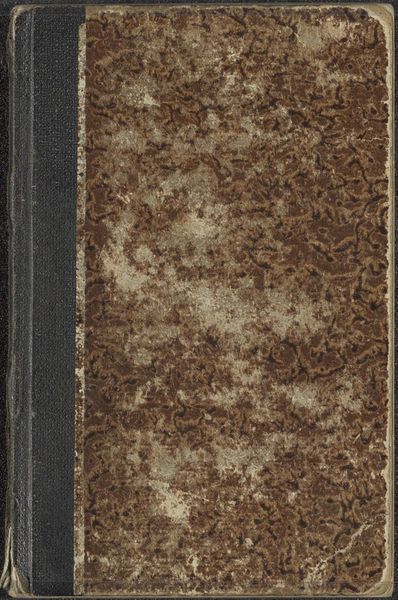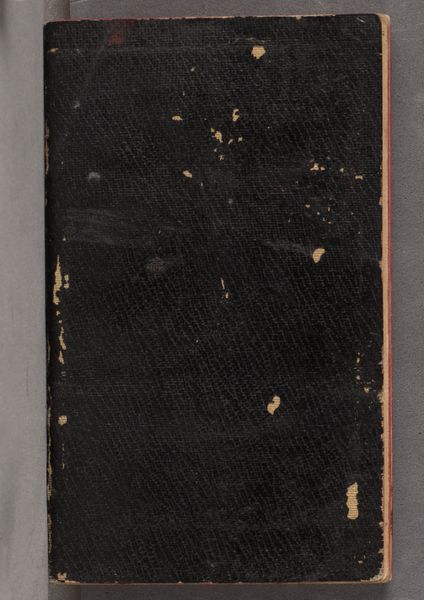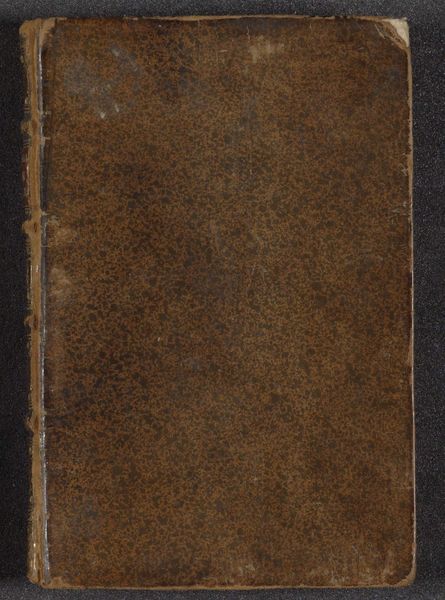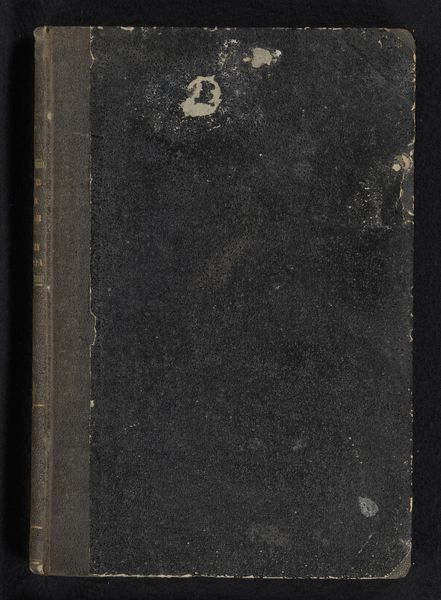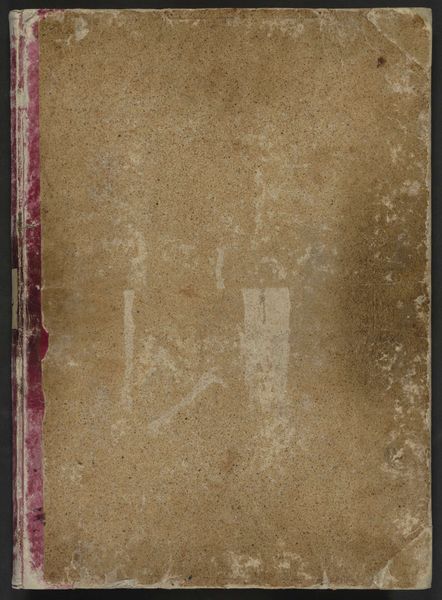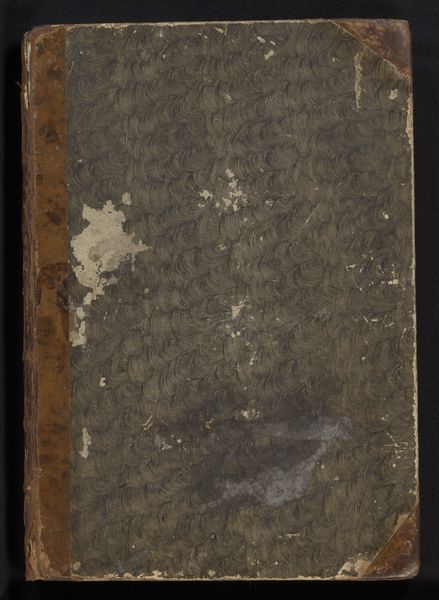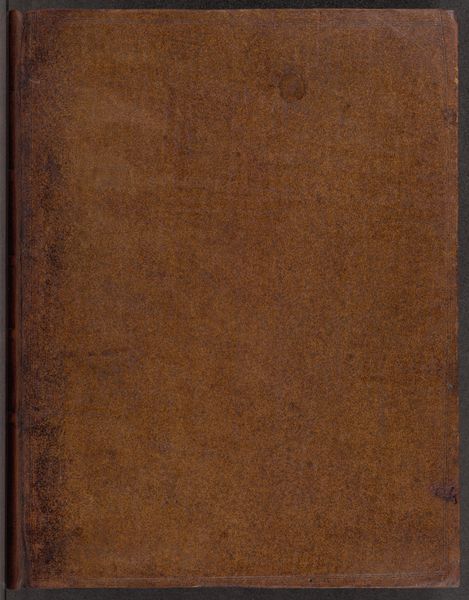
Schetsboek met 110 bladen betekend tijdens de expeditie naar Nova Zembla in 1880 1880
0:00
0:00
drawing, paper
#
drawing
#
paper
Dimensions: height 135 mm, width 89 mm, thickness 14 mm, width 178 mm
Copyright: Rijks Museum: Open Domain
This unassuming sketchbook was filled by Louis Apol during the 1880 expedition to Nova Zembla, documenting a landscape of stark beauty and forbidding isolation. The very word "NOTES" stamped upon its cover evokes a sense of immediacy and raw observation. Consider how the simple act of note-taking has echoed through time. From Leonardo da Vinci's meticulous notebooks to the journals of explorers charting unknown territories, the impulse to record, to capture fleeting moments, is a fundamental human drive. Think of medieval bestiaries, where scribes documented fantastical creatures, blending observation with imagination. The act of writing and drawing, of committing experience to paper, becomes a ritual, a way of making sense of the world. The dark, weathered cover hints at the harsh conditions endured. It becomes a symbol of resilience, bearing witness to the passage of time and the enduring power of human curiosity. Apol's notes, like those of countless others, remind us that the urge to explore, to document, and to understand is a timeless impulse, forever driving us to seek new horizons, both physical and intellectual.
Comments
No comments
Be the first to comment and join the conversation on the ultimate creative platform.
